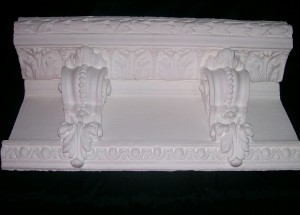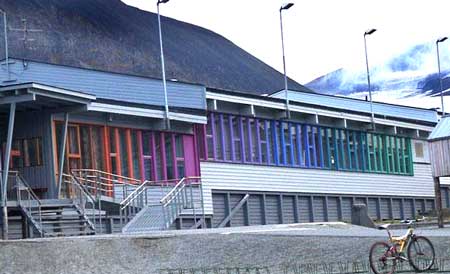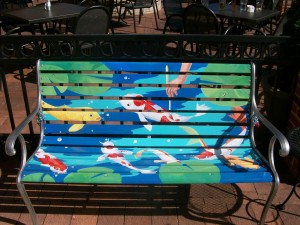Have you ever been frustrated by painters’ lack of uniformity in the steps they follow to execute their house painting work? Understandably, painters working for painting contractors rarely, if ever, receive any formalized training on the procedures to follow to produce consistent, craftsmen-level work.
Next time you have painters in your house, observe how they go about painting doors in your house. Commonly, you will see one of painters start by painting the top rail. Another will start on the top right panel. Yet, another may start with the bottom left panel. In addition to being confusing to the client watching this action, such activity is inefficient and results in poor and inconsistent quality.
The solution to this quagmire is: Standardized Painting Procedures (SPPs). What are SPPs? They outline the step by step procedures to execute a given painting task and produce craftsman-level work. SPPs resolve one of painting contractors’ biggest problems, which is the lack of uniform painting practices within their companies. By using SPPs to train their painters, house painting contractors create a uniform standard for the quality of the work performed.
The other major benefit of implementing such painting procedures is that a painting contractor gains the assurance to consistently being able to deliver on his or her promises to clients. Additionally, painting projects get completed more quickly, more efficiently and with virtually no re-dos.
Painting in Partnership, Inc. tailored its own SPPs after the national standardized painting procedures developed by the Craftsmanship Forum, an arm of the PDCA (Painting and Decorating Contractors of America). The implementation of these procedures is vital to our on-going success as a house painting company.







 Follow
Follow



